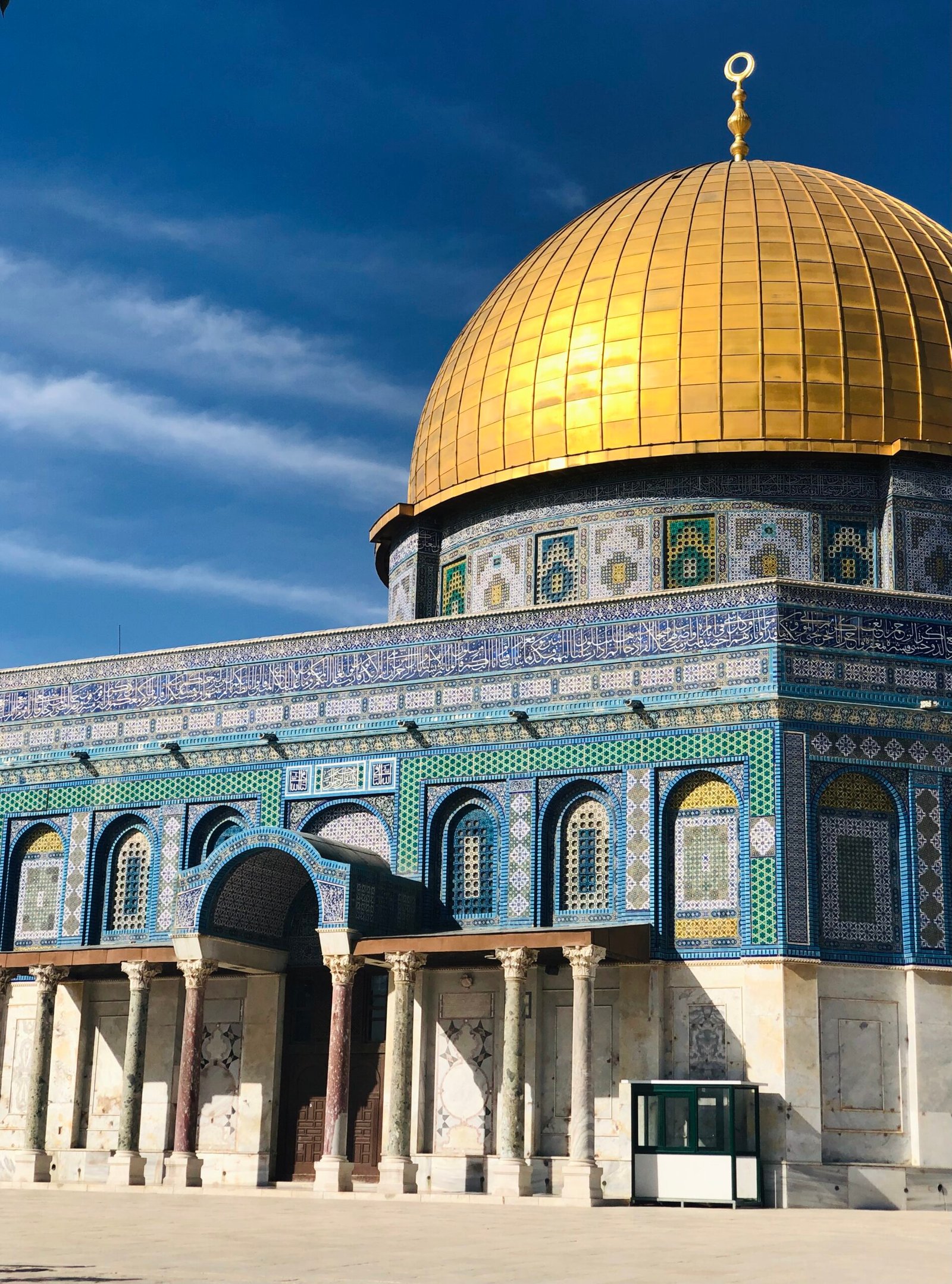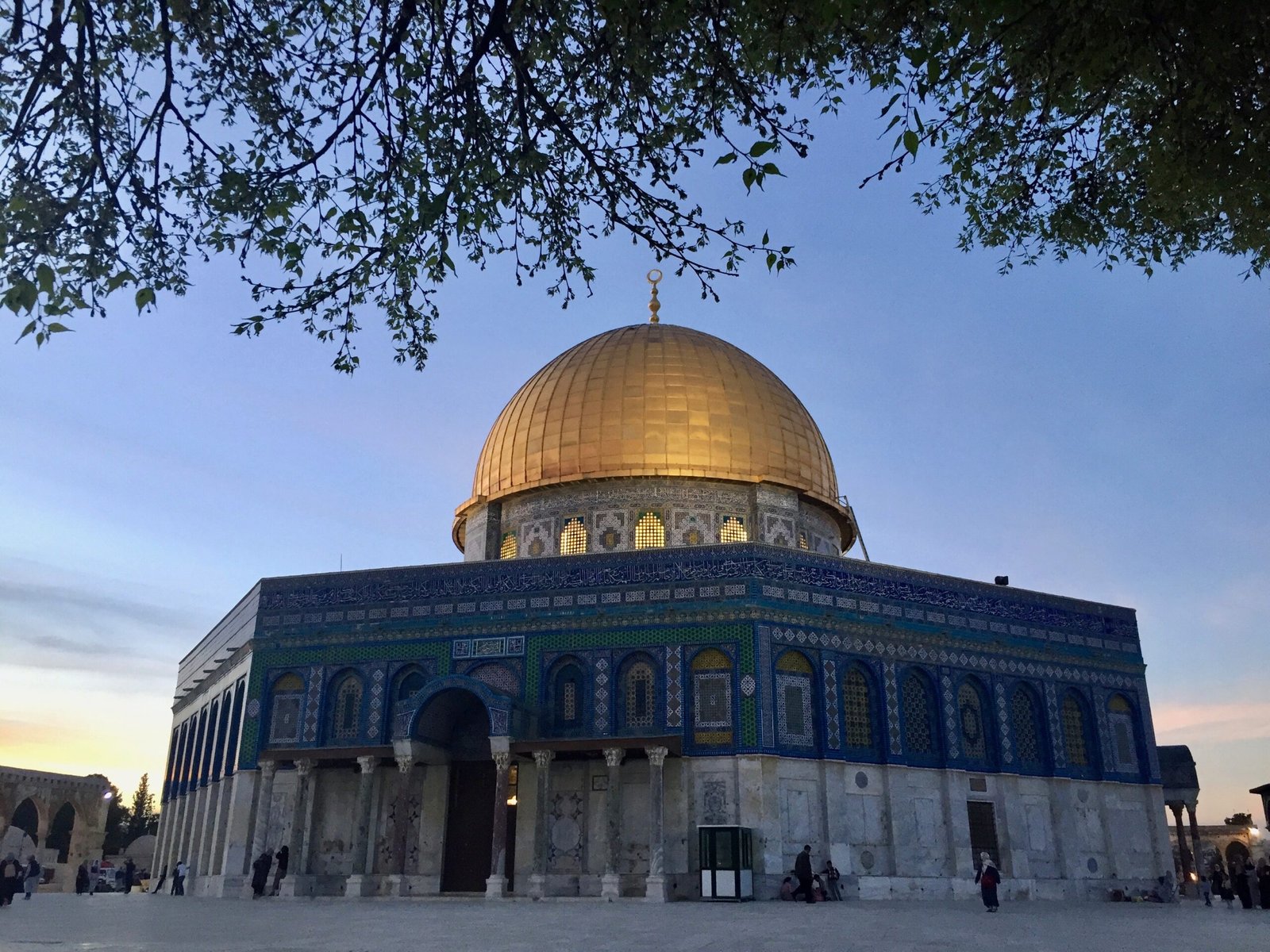
Egegik, Alaska
So you’re curious about Egegik, Alaska, huh? Well, get ready to immerse yourself in the fascinating world of this Alaskan city. Nestled in the southwestern part of the state, Egegik is a place where nature reigns supreme. From its breathtaking landscapes to its rich cultural heritage, this hidden gem offers a unique experience that will leave you in awe. So grab your sense of adventure and let’s embark on a journey to uncover the wonders of Egegik, Alaska.
Location
Geographical Location
Located on the shores of Kvichak Bay in Bristol Bay, Southwest Alaska, Egegik is a small village surrounded by stunning natural beauty. Nestled between the Egegik River and Lake, the village offers breathtaking views of the Alaskan wilderness. Situated approximately 391 miles southwest of Anchorage, Egegik is a remote and secluded community accessible primarily by air and water.
Climate
Egegik experiences a subarctic climate, characterized by long, cold winters and cool, relatively short summers. The average temperature ranges from 10°F (-12°C) in winter to 60°F (16°C) in summer. Snowfall is common in the winter months, providing ample opportunities for outdoor winter activities such as skiing and snowmobiling. Despite the chilly climate, Egegik’s scenic beauty and welcoming community make it a charming place to visit and live year-round.
History
Early Inhabitants
Long before Russian explorers arrived in the region, the Yup’ik people inhabited the lands surrounding Egegik for thousands of years. The Yup’ik people, known for their resilience and strong cultural traditions, lived off the rich natural resources of the region, including salmon and wildlife. Their deep connection to the land and water is still evident in the community today through their cultural practices and subsistence way of life.
Russian Exploration
In the late 18th century, Russian explorers ventured into Alaska and established trading posts in various locations, including Egegik. They were attracted to the abundant natural resources, particularly the thriving salmon population in the nearby rivers and streams. The Russians played a significant role in the economic development of the region, establishing fur trading routes and introducing new technologies to the local population.
American Settlement
Following the purchase of Alaska from Russia by the United States in 1867, American settlers gradually began to move into the area. The establishment of canneries along the shores of Bristol Bay brought new economic opportunities for the residents of Egegik. Over time, the village grew and became an important hub for the fishing industry in the region.

Demographics
Population
Egegik is a tight-knit community with a relatively small population. As of the latest census, the village is home to approximately 109 residents. The close community bonds and shared sense of history and tradition contribute to the strong sense of belonging among the residents.
Ethnicity
The primary ethnic group in Egegik is the Yup’ik, who have inhabited the region for generations. Yup’ik culture and traditions continue to play a fundamental role in daily life in Egegik, with residents actively participating in subsistence activities and preserving their Native heritage.
Language
The Yup’ik language is widely spoken in Egegik, reflecting the village’s strong cultural roots. English is also spoken and understood, serving as the primary language for communication with visitors and outsiders.
Economy
Fishing Industry
The fishing industry serves as the backbone of Egegik’s economy. The village is strategically located near the mouth of the Egegik River, which is renowned for its prolific salmon runs. During the summer months, commercial fishing boats and canneries bustle with activity as seasonal workers and local residents engage in salmon harvesting and processing. The salmon industry not only provides employment opportunities for the community but also generates revenue that supports local businesses and infrastructure developments.
Tourism
With its picturesque surroundings and abundant wildlife, Egegik has also begun exploring the potential of tourism as a source of income. The village’s remote location and untouched wilderness attract adventurers and nature enthusiasts seeking a genuine Alaskan experience. Visitors can partake in fishing expeditions, wildlife watching tours, and guided hikes to explore the stunning landscapes and observe the diverse wildlife that calls Egegik home.

Transportation
Air Travel
Given its remote location, air travel is the most common mode of transportation to and from Egegik. Egegik Airport serves as the primary hub for domestic flights, linking the village to larger cities in Alaska. Several airlines operate regular flights to Egegik, ensuring convenient access for both residents and visitors.
Waterways
Waterways play a vital role in Egegik’s transportation network. The village is accessible by boat through Kvichak Bay, providing a scenic and direct route to neighboring communities and the rest of Bristol Bay. Boats are also used for commercial fishing operations, contributing to the village’s economic activity.
Roads
Egegik is not connected to the Alaskan road system, making road travel to and from the village impossible. However, within the village, residents rely on a network of interconnected roads for local transportation.
Education
Primary and Secondary Education
Egegik is served by the Egegik School, which provides primary and secondary education to the village’s students. The school aims to foster academic excellence while also instilling pride in Yup’ik culture and heritage. With a small student population, the school offers personalized attention and a supportive learning environment.
Post-Secondary Education
For post-secondary education, students from Egegik typically pursue opportunities outside the village. Many choose to attend colleges and universities in larger Alaskan cities or even venture beyond the state to pursue higher education.

Healthcare
Medical Facilities
Egegik has a small medical clinic that offers basic healthcare services to the village’s residents. The clinic provides essential medical care, emergency services, and preventive health programs. For more specialized or extensive medical needs, residents may need to seek care in larger healthcare facilities in nearby towns or cities.
Emergency Services
Emergency services in Egegik are provided by the local clinic and community volunteers. In emergency situations, a volunteer network ensures that prompt assistance is available to residents. The community’s strong sense of unity and support plays a crucial role in ensuring the well-being and safety of its members.
Culture
Traditions and Customs
Yup’ik traditions and customs are deeply ingrained in the fabric of Egegik’s culture. The village celebrates its rich heritage through various cultural practices, such as traditional dances, storytelling, and subsistence activities. Gathering and preserving wild berries, fishing for salmon, and hunting are integral parts of daily life in Egegik, connecting the community to their ancestral ways of living.
Festivals and Events
Throughout the year, Egegik hosts festivals and events that showcase the community’s vibrant culture. One such event is the annual Salmon Festival, which brings together locals and visitors to celebrate the importance of salmon to the village’s history and economy. The festival features traditional dances, music, art exhibitions, and, of course, a variety of delicious salmon dishes.
Arts and Crafts
Egegik is known for its rich artistic traditions. The village’s residents are skilled in creating intricate traditional crafts, such as carvings, masks, and intricate beadwork. These crafts not only serve as a form of artistic expression but also as a way to preserve Yup’ik culture and pass on traditional knowledge to future generations.
Outdoor Activities
Fishing
As a village deeply rooted in the fishing industry, fishing is a popular outdoor activity in Egegik. Whether casting a line in the Egegik River or joining a fishing charter in the surrounding waters, anglers have the opportunity to reel in a variety of salmon species, including sockeye, king, and silver salmon. The pristine waters and abundant fish population make Egegik a paradise for fishing enthusiasts.
Hunting
Hunting is an essential part of the subsistence lifestyle in Egegik, providing residents with a sustainable source of food and connecting them to their ancestral traditions. Residents engage in hunting activities to harvest wildlife such as moose, caribou, and smaller game animals, ensuring the community’s self-sufficiency and cultural preservation.
Hiking
For those looking to explore the breathtaking landscapes surrounding Egegik, hiking offers an excellent opportunity. The village is surrounded by a rugged and unspoiled natural environment, providing endless trails and routes for hikers of all skill levels. From gentle walks along the shores of Kvichak Bay to more challenging treks into the nearby mountains, Egegik offers a memorable outdoor experience for adventurers.
Wildlife Viewing
Egegik is teeming with diverse wildlife, making it a haven for wildlife enthusiasts and nature photographers. From watching bald eagles soar through the sky to observing bears hunting for salmon along the rivers, the village provides numerous opportunities to witness Alaska’s iconic wildlife in their natural habitat.
Conclusion
Summary
Egegik, Alaska, is a remote and close-knit community that thrives on its rich cultural heritage, breathtaking natural surroundings, and vibrant fishing industry. The village’s deep connection to Yup’ik traditions and the pristine wilderness attracts visitors eager to experience the authentic Alaskan way of life. Egegik’s future development holds potential for further growth in tourism while ensuring the preservation of its cultural and natural treasures.
Future Development
Looking ahead, Egegik has the opportunity to further establish itself as a sustainable tourism destination, offering unique experiences that celebrate its cultural heritage and pristine environment. By continuing to promote responsible tourism practices and strengthening community-led initiatives, Egegik can secure a prosperous future while preserving its traditions and way of life for generations to come. The village’s strong sense of community and connection to the land will undoubtedly guide future development efforts and shape a promising future for Egegik, Alaska.
